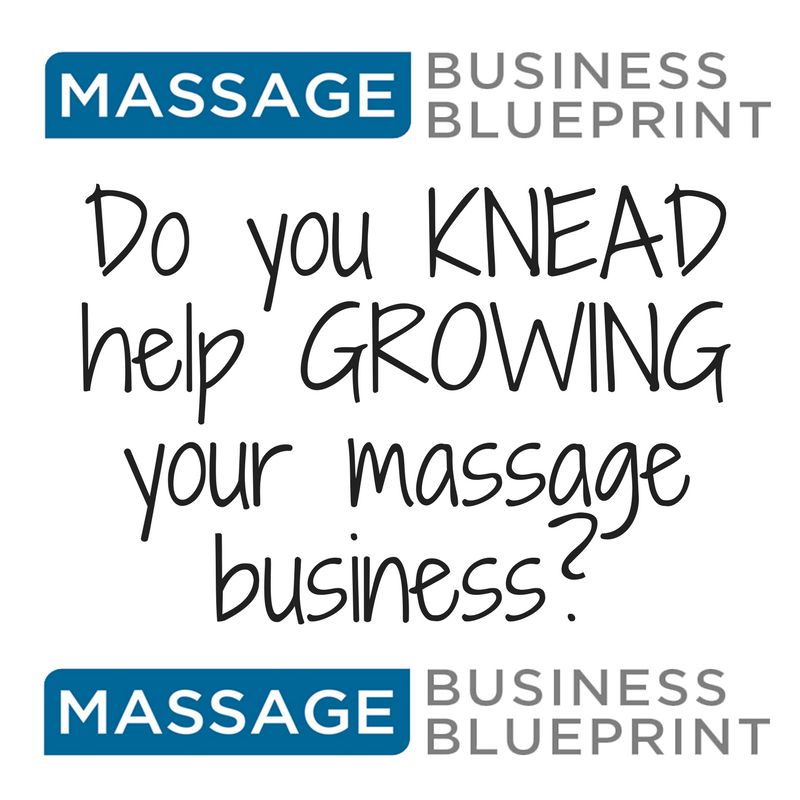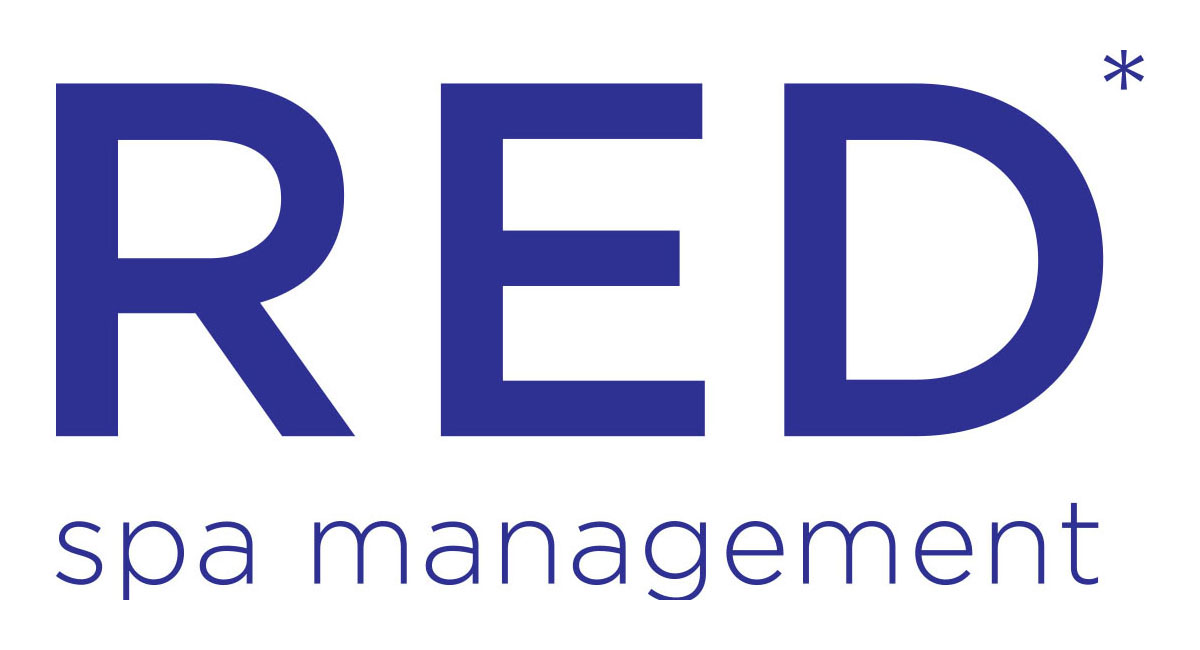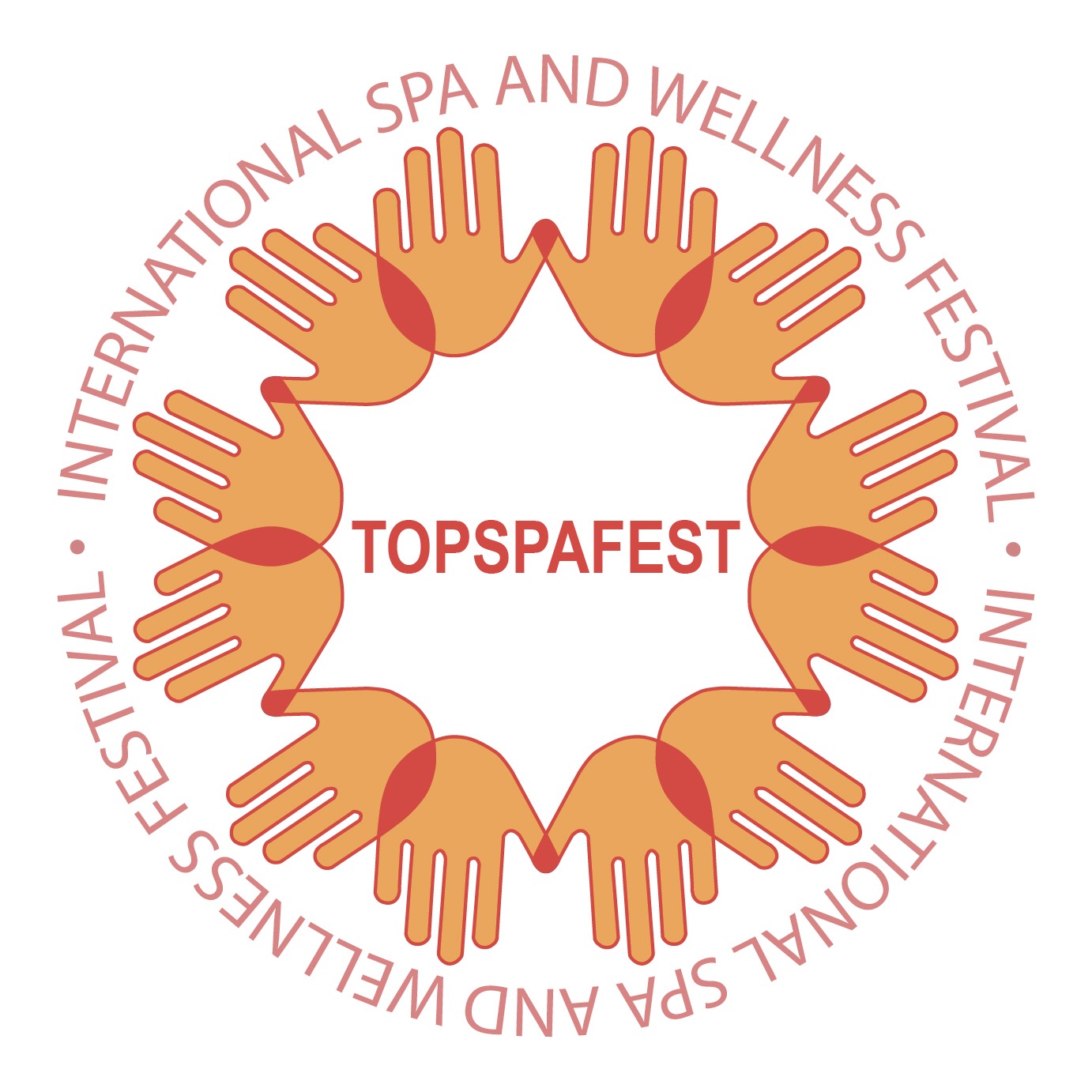
“Effleurage, Petrissage, Friction, Tapotement & Vibration”
Traditional Swedish massage uses five main techniques, and many variations, to achieve its relaxing and healing effects. Many therapists use a variety of techniques.
*Effleurage or Gliding or Stroking
(Pronounced ef-flur-ahzh)
- It means light friction.
- Main technique for spreading oil.
- When done on the limbs, all strokes are toward the heart to aid blood and lymphatic flow.
- Gliding movement in which the hands glide with long even strokes over the body surfaces. Glides are in the direction of the heart which helps push along the flow of blood and lymph.
- It affects the skin and superficial muscles.
*Petrissage or Kneading or Milking
(Pronounced pa-tris-sahzh)
- Just think of the motions used to knead bread dough.
- It generally involves kneading and compression motions - rolling, squeezing, or pressing the muscles to enhance deeper circulation.
- Petrissage attempts to increase circulation with clearing out
toxins from muscle and nerve tissue.
- A compression movement using kneading, pressing, twisting, and squeezing muscle tissue creating a pumping action that forces the venous blood and lymph onward and brings a fresh supply of blood to the muscle.
(Try not to use the term rubbing)
- Deep form of effleurage.
- Assists in realigning scar tissue, Relaxes muscles by stimulating Golgi tendon reflex. The motion is circular, applying direct pressure, a fast back and forth movement or slow or deep gliding over muscles.
- Compression movement performed with the thumb, fingertips, or the palm of the hand and in circular motion. Helpful in limbering joints, tendons, and muscles.
*Tapotement or Percussion
(Pronounced tah-pote-mont)
- A skilled therapist can tap from thirteen to fourteen times a second.
- Stimulation of tired muscles, Relaxation of hypertonic muscles and Loosens mucus in thoracic cavity.
- Make a loose fist, keep your wrists relaxed, and use quick movements, alternating hands. Only use with a relaxed wrist.
(Also put in the friction category)
- Helps find holding patterns.
- It boosts circulation and increases the power of the muscles to contact.
- Moving your hand back and forth on the client’s body without leaving contact.
- A continuous trembling, pressing movement made with the hands or fingers.
(Also put in the Effleurage category)
- Light form of effleurage.
- Stimulates the nerves and increases the lymph system.
- It usually entails the weight of a nickel on your thumb.
- Works with the chakras and your energy fields.
- It promotes relaxation and relaxes nervous system.
- You are lightly touching the body, placing your hands on the body or not touching the body.
- Elongates the muscles, tendons, and ligaments.
- Gently moving a joint into a stretch.
(Also put in the R.O.M. category)
- Helps lengthen limbs and reduces contracted muscles.
- Gently pulling or twisting a limb or joint.
(Also put in the friction category)
- Works great for adhesions.
- Back and forth movement over the muscle grain.
(Also put in the friction & R.O.M. category)
- Helps lengthen the muscle.
- Finding a tender point, holding it, and performing a stretch in that vicinity, while still holding the tender point.
(Also put in the friction category)
- Increase the blockage of blood to an area so that, upon release, there will be a flow of blood.
- Involves staying at a place of discomfort and maintaining pressure until pain is diminished.
(Also put in the Effleurage category)
- Long flowing techniques.
- Example is starting at the client’s feet and gliding to their hands without breaking contact.
- It is harder to perform deeper pressure for this technique.
(Also put in the friction category)
- Coming off the body with a quick motion. Either grabbing the muscle and coming off the body fast or coming off the body at an angle.
- Very stimulating.
- Works with the fascia when done slow and with little force.
- Stretching the skin, muscles, and fascia in opposite directions.
(Also put in the friction category)
- Release and elongate tightened muscle and fascia, flush the muscles with fresh blood, and erase trigger points.
- Involve the application of slow, deep, gliding pressure along the length of the muscle fibers.









